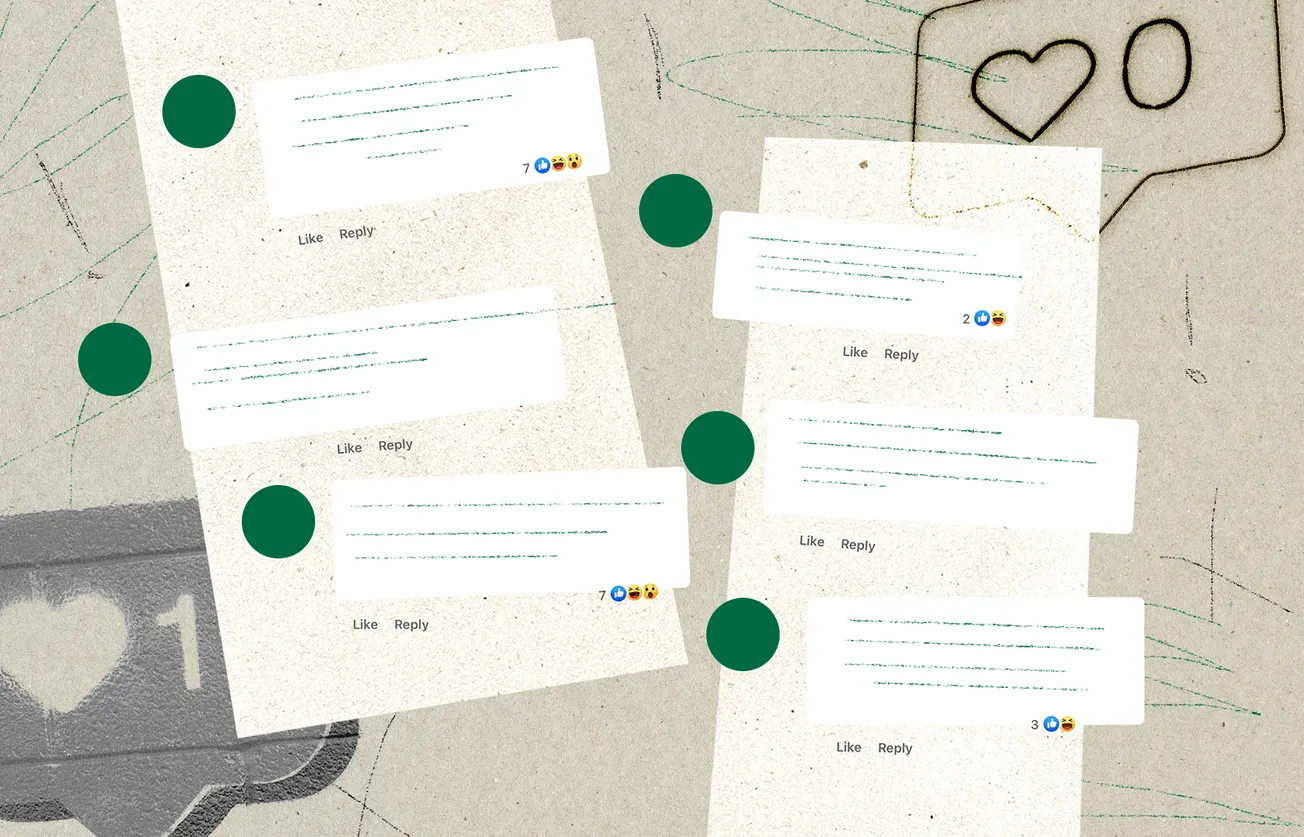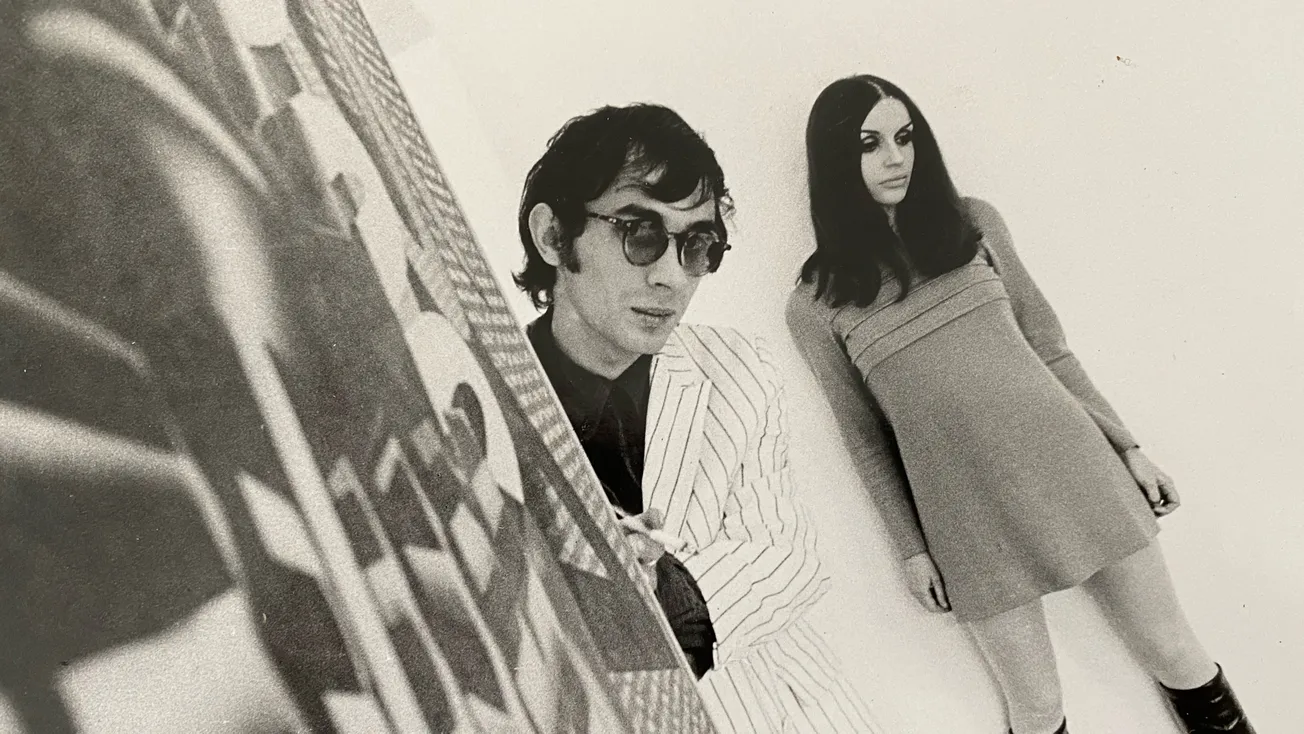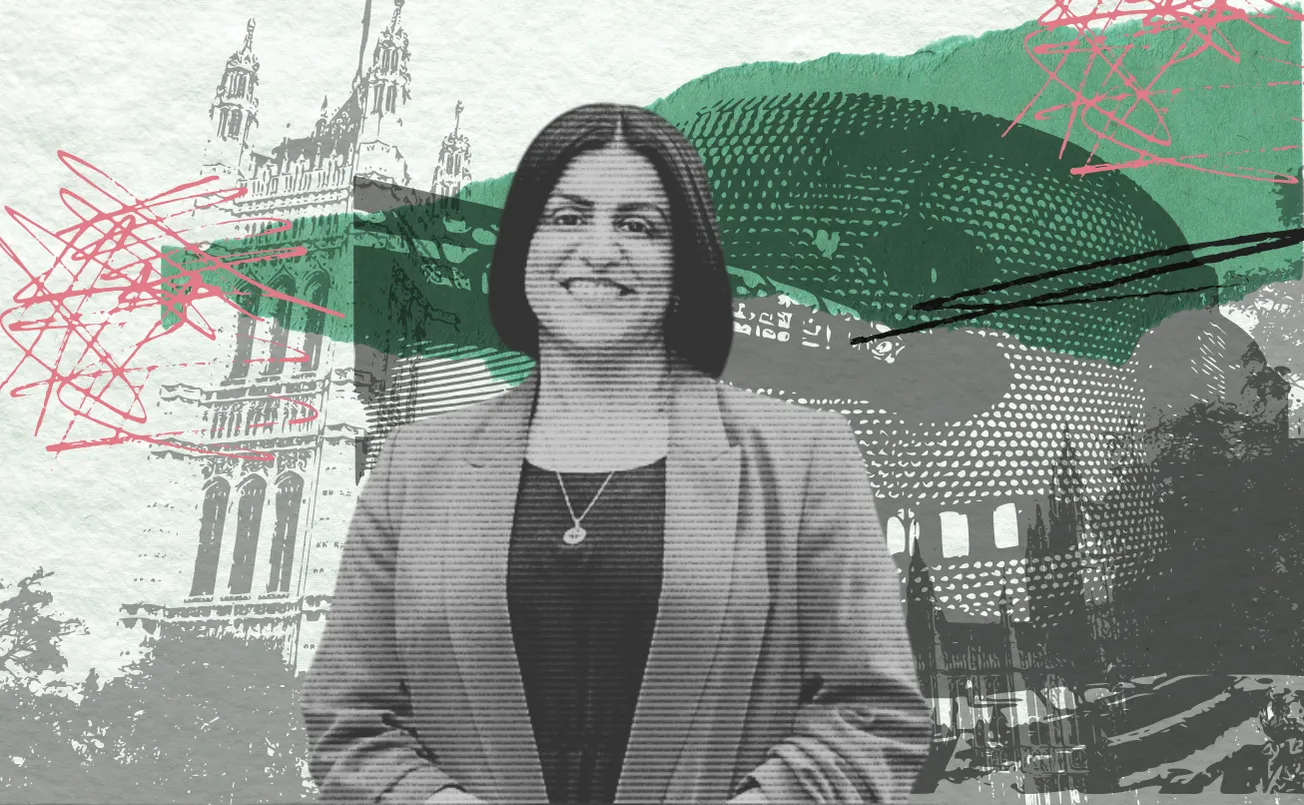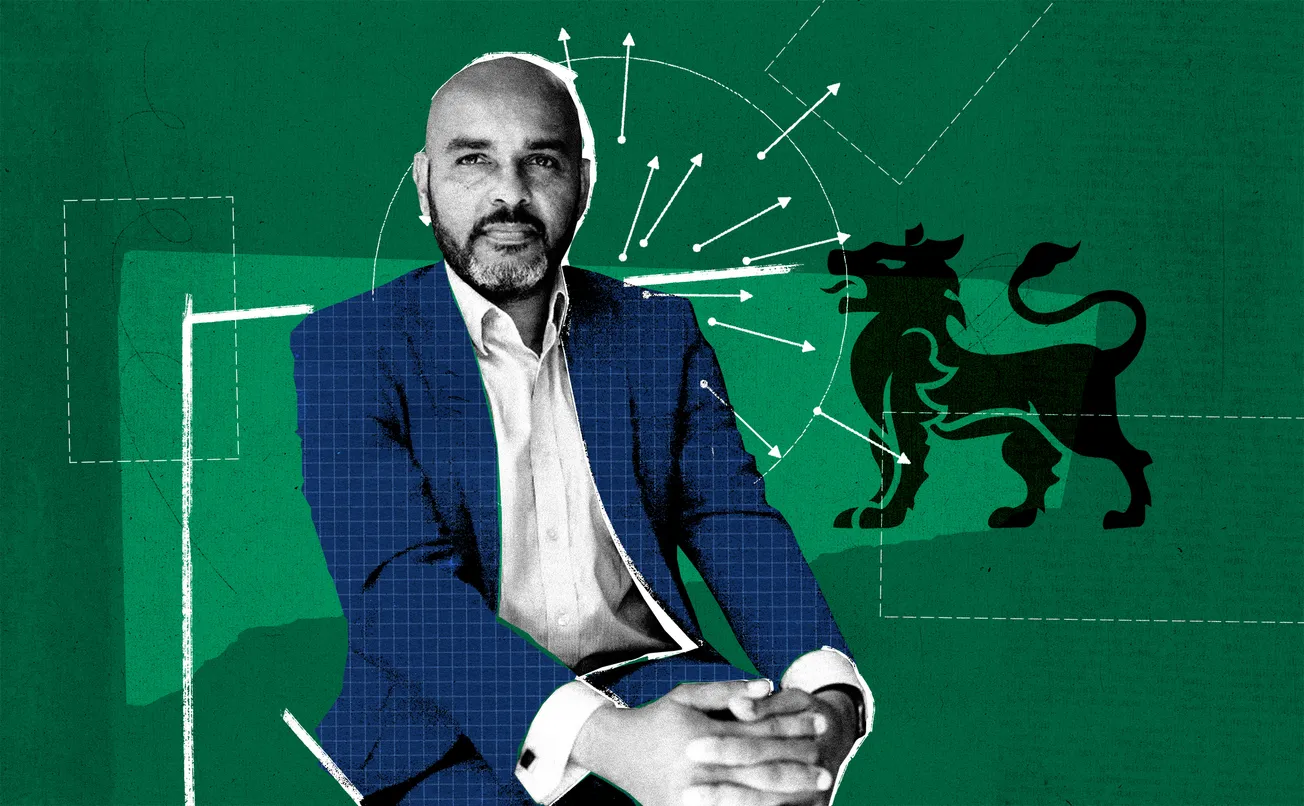“You might be sick of talking about this….” is my go to line when approaching Kings Heath-ers about the Low Traffic Neighbourhood scheme. The controversial car reduction plan has gained such notoriety in the four years since it was first introduced that I feel this disclaimer is necessary. Heated arguments have broken out at ward meetings, vigilantes have dismantled bollards, and many online scraps have occurred — one of which resulted in a police investigation. The two local councillors, Lisa Trickett and David Barker, have had to move meetings online, they say due to threats to their safety.
Some people are so sick of headlines about division in the neighbourhood that they would prefer I didn’t write this article at all. But with the implementation of the scheme's second phase due to be delivered from August, I wanted to find out if the schisms are as prevalent as they seem. How bad is the blood in what the Guardian called a “promised land” with a “touch of bohemia” when it encouraged its readers to move here in 2015?
Very, as it turns out.
Before we get into it though, let’s establish the facts. The Low Traffic Neighbourhood, or ‘LTN’ as it is usually referred to, was brought in as a pilot in both Kings Heath and Lozells in 2020. As part of Birmingham City Council’s broader, traffic-calming ‘Places for People’ strategy, the LTNs feature bollards and planters to pedestrianise certain streets in these residential areas, and create one-way routes. The aim is to encourage a shift in behaviour so that motorists will take local journeys by foot or bike, thereby reducing car usage and pollution.

But, as you’re undoubtedly aware, LTNs have been controversial in many places across the country and have become a political football. This week, the Guardian revealed that a report commissioned by Rishi Sunak found the schemes are generally popular and effective and he’s been accused of trying to bury the results because they don’t serve his pro-motorist message. The Telegraph has also revealed that the same report contains concerns about slow response times by emergency service workers.
Those in favour are typically concerned about emissions and their harmful impact on the environment and their children’s health. Those against see the measures as an infringement on individual freedoms and the ability for disabled people and emergency services to get around easily, and are concerned about the impact on local business. There are also worries that the displaced traffic merely gets shunted onto outer roads in less well-off neighbourhoods, pushing the pollution there. (It’s worth noting that a 2022 study of three London LTNs found this not to be the case. Having said that, anyone who got caught in a jam on Vicarage Road in the early 2020s knows there was most definitely a traffic issue.)
In Kings Heath, the plans are set to stay — the entire four-phase scheme is scheduled for completion by the end of the year. Phase two is currently out for consultation, and includes a series of adjustments like installing concrete planters (which are harder to vandalise than the wooden ones…) and one-way systems that allow cars to enter and leave without needing to turn around while stopping through traffic leading up to the high street.
Businesses on and around the high street have been a focal point for campaigners who are against the LTN. Martin Mullaney is a former Lib Dem councillor who represented Moseley and Kings Heath (pre-ward boundary changes) between 2004 and 2012. When he stood again in 2022 his campaign centred on opposition to the LTN. In one leaflet, he quoted Wendy Bill, former owner of Maurice Robinson Sports supplies shop that was on York Road for 75 years. “Our business collapsed after the introduction of the road closures,” she said.

Mullaney has lived in Kings Heath since 1993. “My perception is that it has torn the community apart in the same way Brexit tore the nation apart,” he says. The issue came between friendships he had had for more than 20 years. “I won’t talk to them ever again,” he says, since the people in question posted “horrible stuff” about him on social media and a spoof website that was created to poke fun at him and other prominent local anti-LTN voices.
Mark Hudson, an independent council hopeful in 2022, also focused his campaign on opposing the LTN. A member of the Kings Heath Business Association, a group advocating for businesses in the neighbourhood, they conducted a survey that found 95% of businesses asked were against the scheme (although some business owners later said the poll was misleading). But for Hudson, the fire in his belly has gone out a little. “The council is pushing ahead anyway,” he says. “There's only so much you can do, I suppose.”
York Road is one location that has been mostly pedestrianised. The street comes off Kings Heath High Street: it’s a popular place to shop and eat out. Matt Powell of the Kings Heath Business Improvement District, a paying membership-based group of local businesses (they’re impartial on the issue), says some of the bars and restaurants on the street have benefitted from the closure, some haven’t. One of the bollards, located near the High Street end of the road regularly goes missing, he says.
Powell thinks the main issue is people don’t feel like they were consulted properly. That and the fact there isn’t much confidence that it will be completed on schedule at the end of the year. “We're in this limbo of waiting,” he says. Until then, those who are dead set against it want to try and end it. And with the city now bankrupt, it is harder to explain why money is being spent on LTNs (even if that cash was earmarked for them well before the financial crisis hit).
Online platforms have been a major battleground on which the Kings Heath LTN war has raged. I’ve seen screenshots of various interactions during the height of the debate that took place on Facebook in 2022, many of which are bizarre, some deeply unpleasant: one set of exchanges resulted in a woman (who does not want to be named to save her family reading it) reporting Hudson to the police for harassment. In several messages he suggests they meet up (“shall we say 8 for a date with a mate and don’t be late?”) and uses colourful imagery (“don’t keep me in suspenders”). He asks her “hope you’re not standing me up again are you?”, and if she is “all hot, sweaty and smelly”.
The woman tells me he would regularly tag her in posts. The sexual language prompted another Facebook user to ask Hudson: “When was the last time a female touched your penis? Cos you can really tell you are not getting any interest which is why you spout this anti female vitriol 24/7.” In response, Hudson doubled down, implying it was the woman. She was astounded: “So to be clear…you’re now telling strangers on the internet that I wanked you off???” Hudson’s answer makes for uncomfortable reading: “I won’t tell if you don’t, and I’m not saying that’s all we did,” he says. “Now would you switch the lights off downstairs this time and don’t make such a racket when you come to bed, I need my beauty sleep especially after our session last night…you little tinker!!!”

When I ask Hudson about this exchange, he becomes sheepish — but insists he was goaded. He says he was suggesting that they meet up at the pub for a chat, and that she “turned it around to suggest I was implying something of a sexual nature, which I wasn’t”. But then he relents slightly, saying: “It was innuendo, I suppose, from my point of view. I was trying to inject a little bit of humour.” He explains that the 2022 election was his first time standing for a political role, and he wasn’t used to being in the public eye. Reflecting on the social media comments, he says: “I think from a learning curve point of view, I realised that wasn't a wise thing to do.”
The woman reported Hudson to the police for harassment in August 2022, but there wasn’t enough evidence to prosecute. She says she “found the whole thing totally sickening.” While this incident shows just how fraught things became, it is an exceptional case in this story. And through further conversations, I learn it isn’t as simple as the neighbourhood being split down the middle. Many people not keen on the LTN to begin with now want to see it finished in a way that works for the neighbourhood. There may be some very loud voices on either side of the fence but a large swathe of people might be best described as LTN-agnostic.
Hudson’s accuser tells me she wasn’t a fan of the LTN when it was first introduced — she thought it was chaos for its first few weeks — but she did believe something needed to be done to stop people using the side streets as a “rat run” during rush hour. Things have drastically improved since drivers have changed their habits, she says. “The misinformation has been what has divided the community so much. Some people aren’t interested in facts and reasonable discussions. They are comparing Kings Heath LTN to Oxford and London ones, when they are not the same thing at all.”
There is a maddening ambiguity to the claims floated. One very legitimate concern at the beginning of the scheme was about how it would impact emergency vehicles. Spokespeople for West Midlands Ambulance Service (WMAS) have said publicly the LTNs are not getting in the way of paramedics reaching patients on time. But that doesn’t chime with the individual experiences of some people. Jack Weston tells me that when his father collapsed in January due to diabetes-related cellulitis, he was delayed reaching him due to the LTN which has made the journey time between their two homes three times longer than it used to be. He claims the ambulance crew confirmed the restrictions had slowed their arrival. Weston says he was prepared to live with the LTN until the incident. “I shifted gear in January,” he says. “I am no longer prepared to live with it because it happened to my dad. That could have been life or death.”

However, The Dispatch understands Weston’s father’s call was categorised as C3, the second lowest priority, meaning the ambulance would hope to arrive within two hours. It arrived in 13 minutes. A WMAS spokesperson said: “To date, there have been no detrimental issues reported by staff in relation to responding to 999 calls in the Kings Heath area. We are confident that if the service did encounter any issues that we would work with the Council to resolve this.”
Weston is adamant there is an issue and he lies the blame squarely at the feet of Councillors Trickett and Barker. As council members they are the residents’ connection to the city’s decision makers. Trickett, who joined the council in 2012, has been openly in favour of the LTN since its proposal.
Weston explains that he foresaw the possibility of lives being endangered and warned them: “As soon as anything happens to a friend or family member, I'm coming for you.” When I ask what he means by “I’m coming for you”, he says he means “I’m going to light you up and make sure charges are pressed against you.” When I double check whether he means a physical threat, he says he isn’t very good at articulating himself, partly because he has autism. “I am going to expose you for what you are” is what he says he means, but he claims some people in the community have previously misinterpreted this as threatening.
The perceived threat to councillor safety reached a nadir in January when councillors Trickett and Barker moved an in-person ward meeting online due to some concerning communications. “I can believe that different people feel differently about language,” Barker tells me. “I think people have to just be very aware that it's not about how you intend things to sound. It's how they're interpreted by others.” He says the council and Labour’s chief whip advised him and Trickett to cancel the in-person meeting due to safety concerns and adds that councillors don’t have the same resources as MPs do — lots of staff members, sometimes security.
Achim Jung, Chair of the Kings Heath Neighbourhood Forum, takes a diplomatic line: “There are very good arguments on both sides, and there are also some poor arguments on both sides,” he says. Either way, Jung is confident the community has adapted to the LTN. He thinks things are calmer than they were but emotions still get regularly stirred up.
So what of the various players in this debate? Barker claims the vast majority of comments he receives about the LTN these days are from people who just want it to be finished. Mark Hudson says he is taking a step back from it all to focus on work, and Jack Weston remains committed to warning against the dangers he is convinced the scheme poses. Martin Mullaney, meanwhile, says if the LTN is implemented fully he’s leaving Birmingham altogether.
If members of this otherwise happy community want to leave not just Kings Heath but Birmingham, that’s a sad thing. And doubly so if relationships have become irreparably severed. There have been some unsettling moments in the saga — not least the investigation for online harassment and fears for people’s safety — but the fervour seems to have died down a bit since its 2022 fever-pitch. From my perspective, it seems there’s a quiet majority in the community who aren’t either ardently for or against the LTN. They just want some stability to return to Kings Heath — which probably means the LTN finally being finished so that everyone can get on with their lives. Until that day comes, the bollards of York Road may never be safe.








Comments